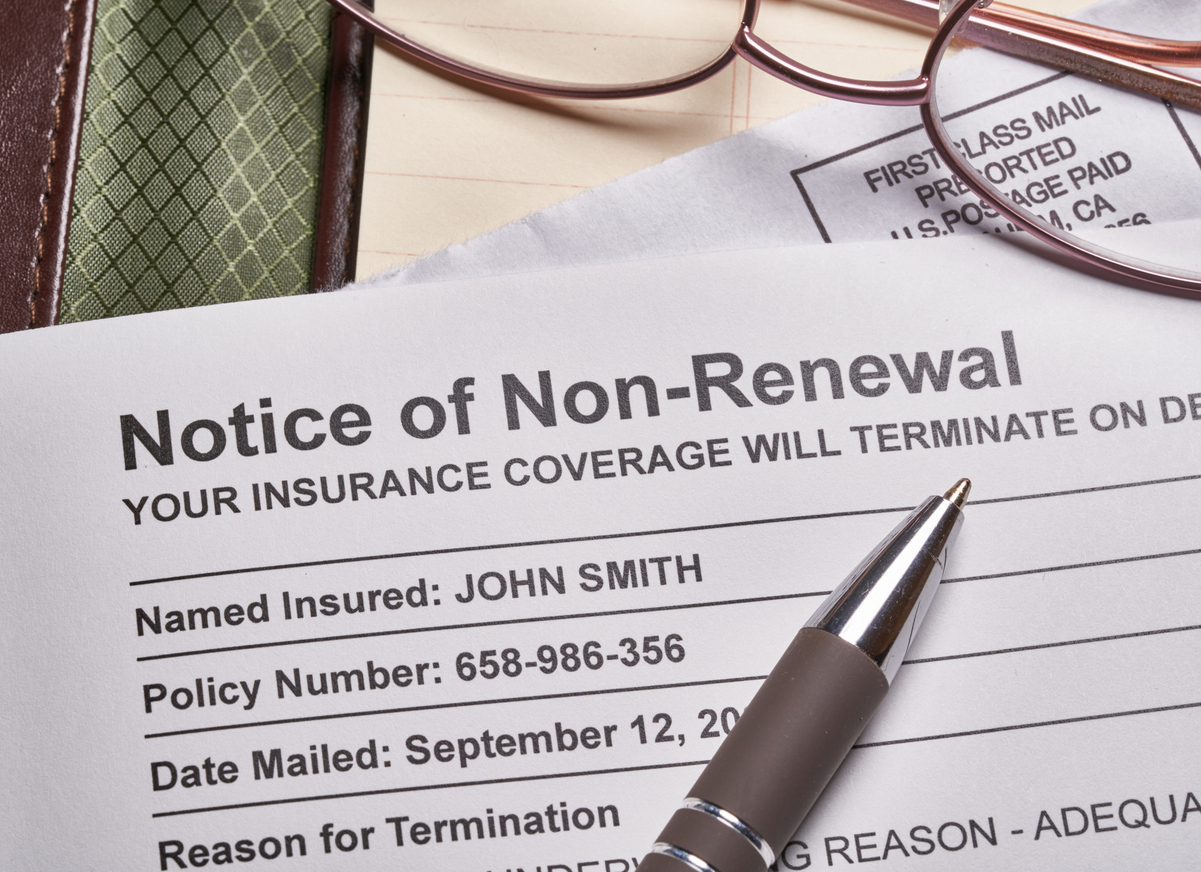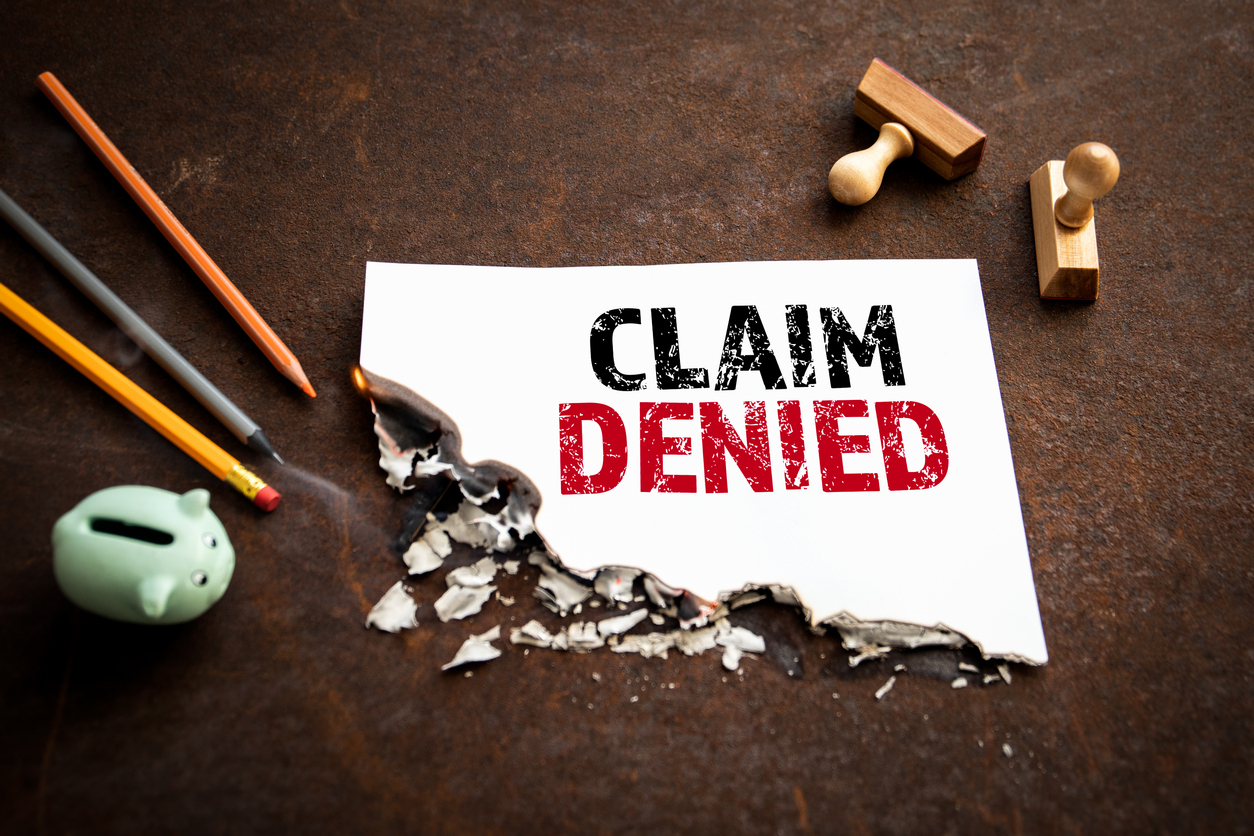One of the most valuable portions of a residential insurance policy is often overlooked when an insured purchases the policy. I am talking about the additional living expenses (ALE) portion of the policy that provides an insured with the monies above and beyond what they normally spend for everyday living if a loss occurs that puts the insured out of their home because their home is deemed unlivable. The ALE portion of the policy is often construed as one of the most imprecise portions of the policy because there are no general guidelines for the insured as to how much money they will be allotted in the event of a loss, and what exactly is covered under ALE.
Many times insurance policies don’t spell out a specific dollar amount the insured is entitled to under the ALE provision in a sufficient way for an insured to understand what and how much they can spend to get their family into a better situation after the loss. Generally, there are limits to ALE that ALE is available during the time to reasonably repair or rebuild a home back to a livable condition and only up to the reasonable expenses for the insured to maintain their same standard of living. ALE can be construed differently depending on the insured and his or her insurance carrier’s reasonable position.
In most cases in California, the ALE portion of the policy is allotted by a percentage basis of the dwelling portion of the policy coverage and sets a time limit of 24 months of available ALE. On an average, the majority of policies (but always check your own policy) allows for 20% of the dwelling. If you have a policy limit for your dwelling of $100k, you have $20k of ALE available to you on a regular homeowner’s policy to spend over the time it takes to get you back into your home post loss (note: earthquake policies are different in California and subject to a set amount spelled out by the earthquake policy itself).
If a loss occurs, be prepared to save all receipts and record all expenses for an insured to properly document an ALE claim. Saving money for the insurer via ALE doesn’t always benefit the insured in the overall adjustment of the loss. Being prudent with expenses and reasonable to the insured’s regular standard of living is key and having a money trail (meaning paying in cash is not always the best) to show the insurer that the insured paid for restaurant meals, extra travel mileage, furniture, rent, hotels, pet boarding or even laundry or storage they would not have had to pay for but for the loss.
Many current homeowner’s policies have language that the expense for ALE must be "incurred" for the coverage to become payable by the insurer to the insured. In United Services Automobile Association v. Gordon,1 the Texas appellate court deemed that "incurred" meant the insured "became liable or subject to, or liable to pay for" services such as hotels, rent, etc. Showing the insurance company that the insured "incurred" expenses comes in many forms such as rental agreements, receipts, and credit card bills.
On the West Coast, ALE seems to be one of the largest points of contention that almost stops or halts undisputed payments by an insurer. It’s been reported by numerous sources that insurance companies are actively hiring investigators to follow insureds after a loss. These investigators are hired for the sole purpose to follow insureds to find out if they are staying at their "incurred" rentals or with family rent free. If the insurer suspects ALE is not "incurred", insurers are instituting a fraud argument to stop payments under the policy.
ALE can be complicated and knowing what an insured is entitled to and documenting expenses as "incurred" will make ALE a smooth and useful part of the homeowner’s insurance policy.
1 United Services Auto. Ass’n v. Gordon, 103 S.W. 3d 435 (Tex. App. 2002).



